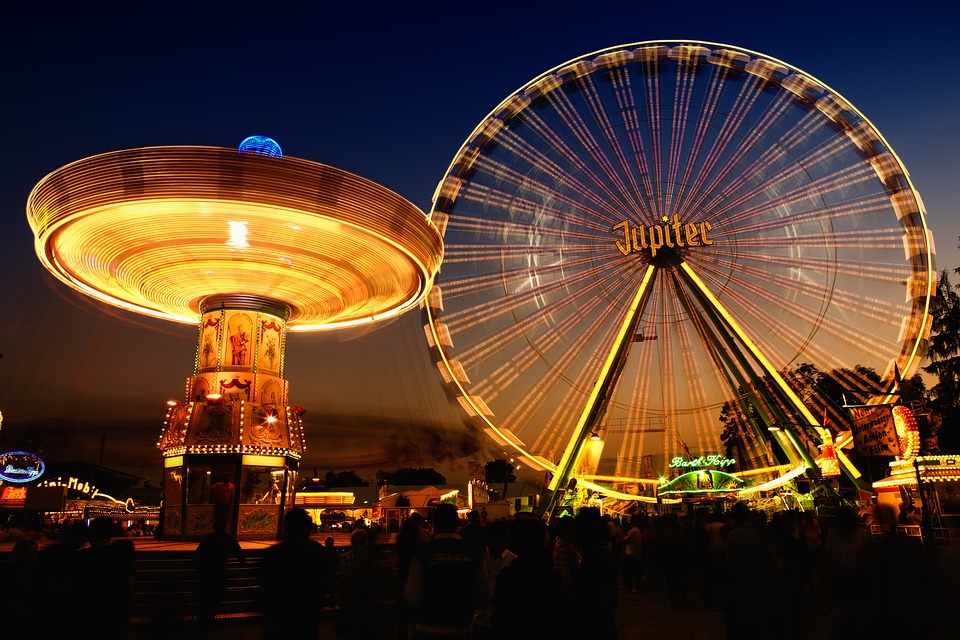Throughout the history of cinema, literature has served as a perennial source of inspiration for filmmakers. From timeless classics to contemporary bestsellers, the transition from page to screen has given new life to beloved narratives, inviting audiences to experience familiar stories in innovative and visually arresting ways. This article explores the intricate relationship between literature and Hollywood, examining how adaptations breathe new energy into stories and the challenges and triumphs involved in translating the written word into film.
The Enduring Connection Between Books and Film
The relationship between literature and film is not a new phenomenon. Classic adaptations, such as "Gone with the Wind," "To Kill a Mockingbird," and "The Great Gatsby," illustrate how literature has long been a fertile ground for cinematic exploration. These adaptations often carry a cultural weight, inviting viewers to engage with themes, characters, and moral dilemmas that have shaped societal discussions for generations.
In recent years, this trend has only intensified, with many successful films based on novels, short stories, and even graphic novels. The success of films like "Harry Potter," "The Hunger Games," and "The Lord of the Rings" series demonstrates the viability of literary properties in drawing audiences to the big screen. These franchises not only break box office records but also cultivate dedicated fan bases, fostering a cultural phenomenon that spans books, movies, merchandise, and more.
Challenges of Adaptation
While adapting a literary work into a film seems straightforward, it often presents a unique set of challenges. One of the most significant hurdles is the inherent difference between the two mediums. The richness of literature allows for deep character exploration and complex narratives, often delving into the inner thoughts and motivations of characters. In contrast, film relies on visual storytelling and dialogue, which can limit the interpretive depth typically found in novels.
For instance, the complexity of characters like Jay Gatsby or Atticus Finch may be distilled during adaptation, with their motives and inner conflicts minimized in favor of a driving plot. Additionally, filmmakers must contend with time constraints, as most movies must fit within a two-to-three-hour runtime. As a result, crucial plot points, subplots, or even characters may be omitted or altered to streamline the narrative for a cinematic audience.
Furthermore, the audience’s expectations can pose a challenge. Fans of the original work frequently hold strong opinions about how their beloved stories should be portrayed on screen. Filmmakers must balance their artistic vision and interpretations with the expectations of audiences who may be deeply attached to the source material.
Creative Interpretation
Amid these challenges lies an opportunity for filmmakers to reinvent stories for a new era. Some adaptations extend beyond mere retellings, incorporating creative reinterpretations that breathe new life into familiar narratives. For example, “The Shining,” directed by Stanley Kubrick, diverges from Stephen King’s novel in significant ways, ultimately offering a haunting visual masterpiece that stands apart from its literary roots. Similarly, Baz Luhrmann’s vibrant and stylized adaptation of “The Great Gatsby” both celebrates and transforms Fitzgerald’s classic tale into a contemporary spectacle, infused with modern themes and aesthetics.
Additionally, some filmmakers take the opportunity to present stories from different perspectives or in alternative settings, allowing them to resonate with contemporary audiences. Recent adaptations like “Little Women” by Greta Gerwig reimagine classic texts through a modern lens, exploring themes of female agency and ambition that resonate powerfully today.
Success Stories and New Directions
As the 21st century progresses, the adaptation of literature continues to flourish, often intertwining with issues relevant to modern society. Streaming platforms have further revolutionized this landscape, granting new life to literary works with longer formats suitable for serialization. Shows like "The Handmaid’s Tale," based on Margaret Atwood’s dystopian novel, delve deeper into character development and thematic exploration over multiple episodes, allowing for a nuanced examination of complex subjects.
Moreover, adaptations of diverse literature—highlighting varied voices and experiences—have gained traction in Hollywood. The success of films like "The Namesake," based on Jhumpa Lahiri’s novel, and "Crazy Rich Asians," adapted from Kevin Kwan’s best-selling book, reflects an increasing recognition of literature’s ability to represent underrepresented narratives, contributing to a broader cultural conversation.
Conclusion
The journey from page to screen is multifaceted, marked by a rich tapestry of challenges, creativity, and cultural significance. As filmmakers draw upon literary masterpieces to craft their narratives, they not only pay homage to the original texts but also reinterpret them for contemporary audiences. The interplay between literature and cinema enriches both forms of storytelling, ultimately inviting a new generation of viewers to engage with timeless tales in fresh and exciting ways. Whether faithful adaptations or creative reimaginings, these cinematic interpretations ensure that literature will continue to inspire Hollywood and captivate audiences around the globe.


